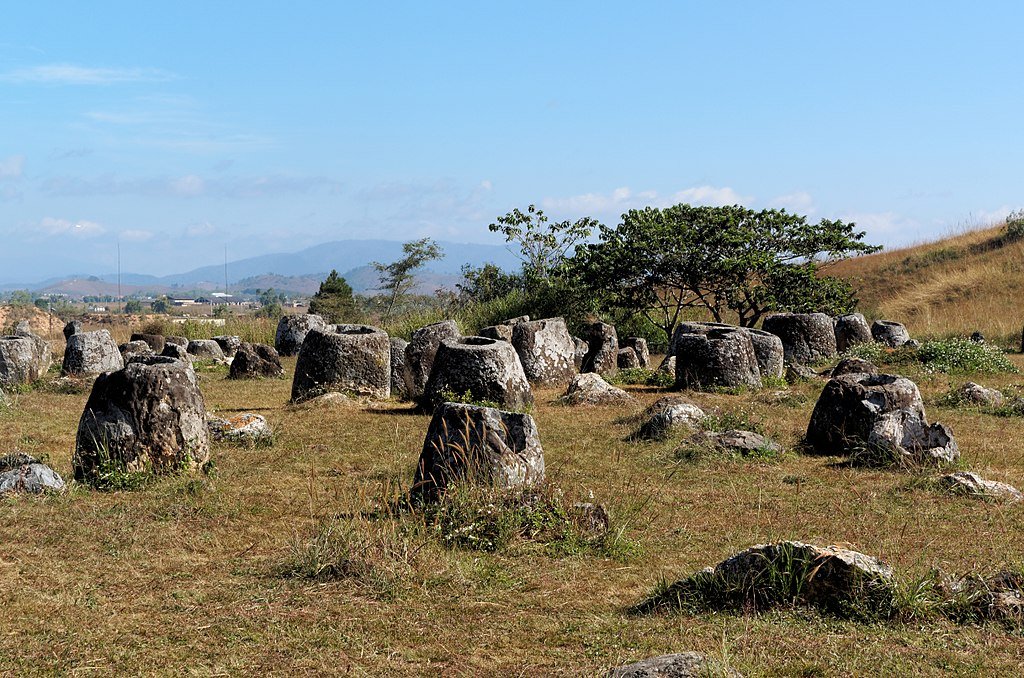Nature loves a deal, but it doesn’t always play fair. Across forests, reefs, and even our own bodies, species swap services like currency – until stress tips the balance and partners start to take more than they give. Scientists are now uncovering the fragile fine print in these ancient agreements, finding that cooperation can turn cutthroat in a heartbeat. That tension isn’t just a curiosity; it shapes biodiversity, food security, and how we plan for a warming world. The real twist is that sabotage often hides in plain sight, disguised as business as usual until the bill comes due.
The Hidden Clues
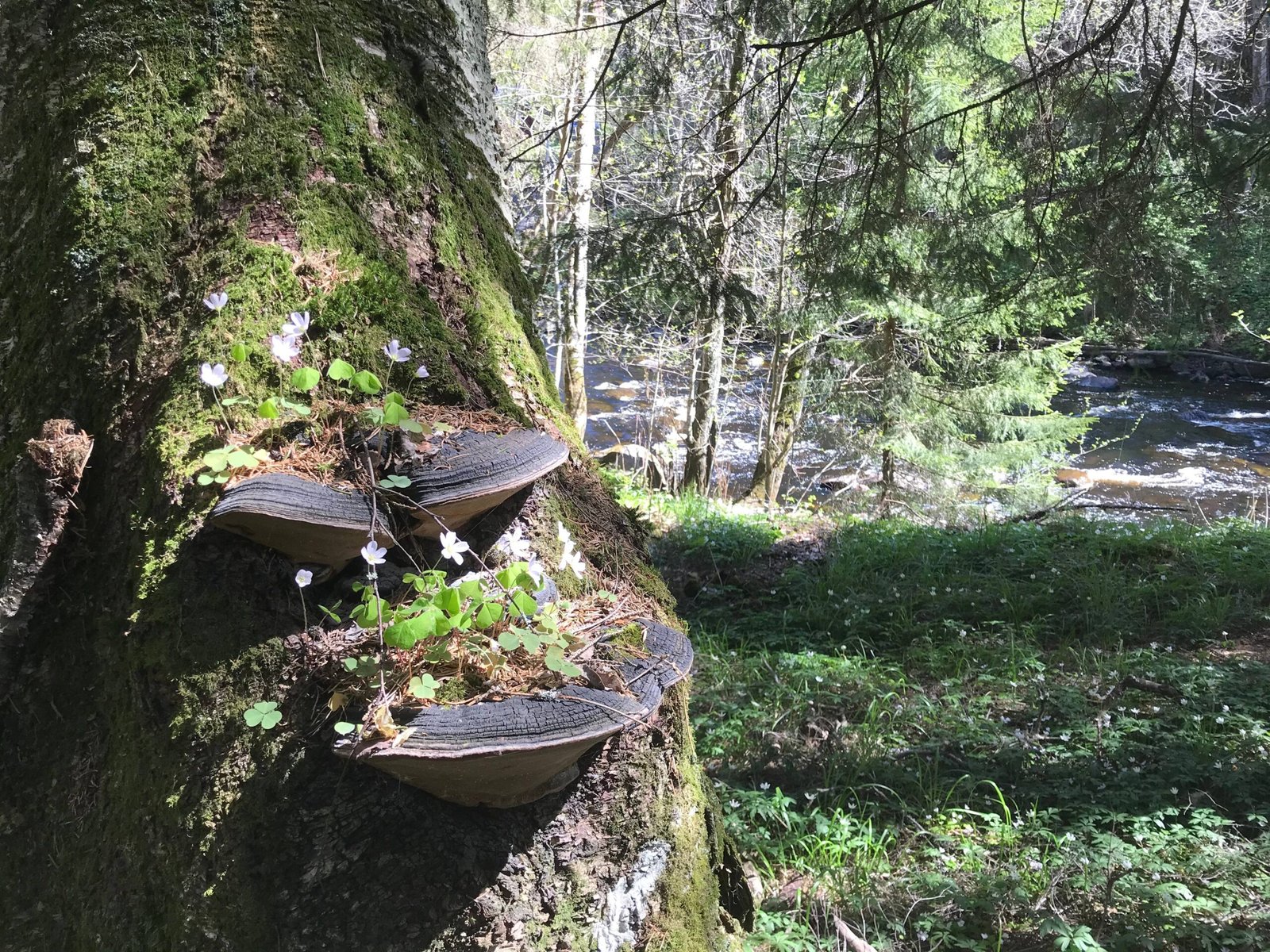
Watch a reef long enough and you’ll see it: cleaner fish groom a client, then sneak a bite of the client’s protective mucus when no one’s watching. In acacia thickets, ants fiercely protect their host trees but sometimes sip sugary nectar while slacking on patrol. These are not glitches; they’re features of relationships where incentives constantly shift with temperature, crowding, and resource scarcity. The signals species send – scent plumes, color flashes, or the timing of a visit – act like contracts written in vanishing ink. When conditions change, the meaning of those signals changes too, and cooperation can unravel fast.
Plants play this game with surprising sophistication. Some release airborne chemicals to call in predatory wasps when caterpillars attack, a protective alliance that can backfire if the wasps switch targets. Underground, mycorrhizal fungi exchange nutrients for plant sugars, but the trade rate varies with soil richness and plant health. I remember kneeling in a prairie research plot and smelling the sweet, green burst from clipped grasses – a reminder that plants broadcast more than we notice. Those faint drafts of chemical “news” can recalibrate who helps whom. The clues are there; you just need to smell, listen, and wait.
From Ancient Tools to Modern Science
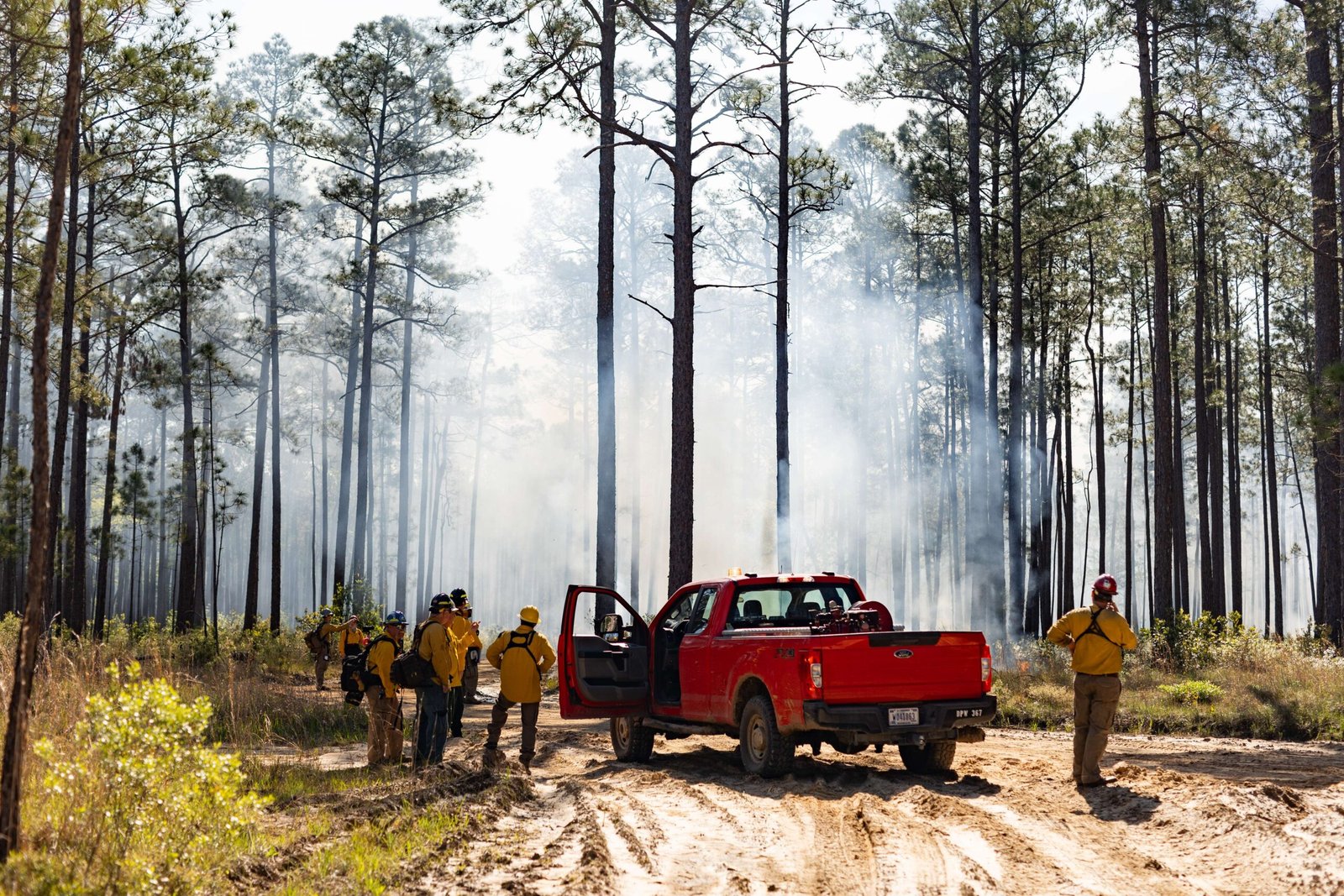
Early naturalists pieced together these partnerships by careful watching, sketching, and patient experiments with string and nets. Today, scientists map entire relationship webs using environmental DNA that traces who touched what in a habitat. Isotope labels follow carbon and nitrogen as they move between partners, exposing who supplies and who siphons. Miniature biologgers and remote cameras capture betrayals in real time, even in places too dark or dangerous for divers and hikers. The toolkit has jumped from notebooks to nanosensors, and with it our ability to catch the moment when cooperation slips.
Computational models now treat ecosystems like marketplaces, where partners set prices and punish cheaters. Network analyses reveal which nodes – often overlooked microbes or tiny insects – quietly stabilize the whole system. In lab microcosms, researchers tweak temperature, pH, or nutrient pulses to see when deals hold and when they snap. The results keep pointing to the same theme: context rules. A relationship that looks saintly on Tuesday can turn opportunistic by Thursday if the environment shifts.
Mutualism on a Knife-Edge
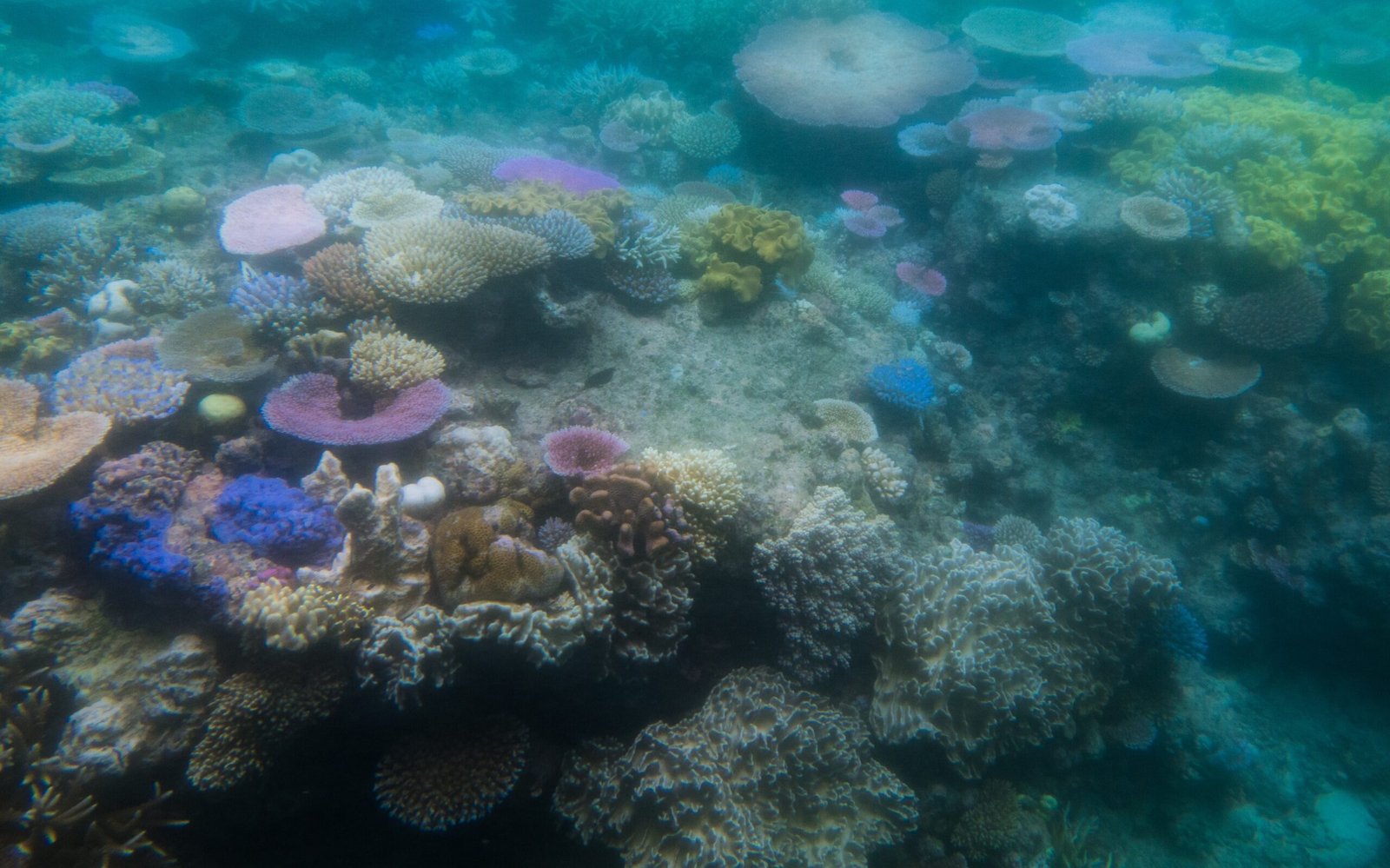
Some of the world’s most celebrated partnerships are also the most fragile. Coral and algae build reef cities together, but heat stress pushes algae to abandon ship, leaving corals pale and starving. Leafcutter ants farm fungus with meticulous care; a specialized pathogen can rip through those gardens when humidity and hygiene slip. Legumes rely on rhizobia bacteria to fix nitrogen, yet plants throttle oxygen to nodules that underperform, enforcing standards like a tough manager. These systems work because enforcement exists, not because everyone is naturally kind. Mutualism, it turns out, is less a love story and more a contract with late fees.
Even in forests that seem timeless, trade can sour. Trees funnel sugar to mycorrhizae that deliver phosphorus, but some fungi hoard nutrients when soils are poor. In those moments, trees redirect carbon to more generous partners or starve the miserly ones. I once compared roots from adjacent saplings and found one with lush fungal sheaths, the other almost bare; same species, different deals. That contrast, meters apart, shows how quickly terms can change. The knife-edge sits right underfoot.
Parasitism in Disguise
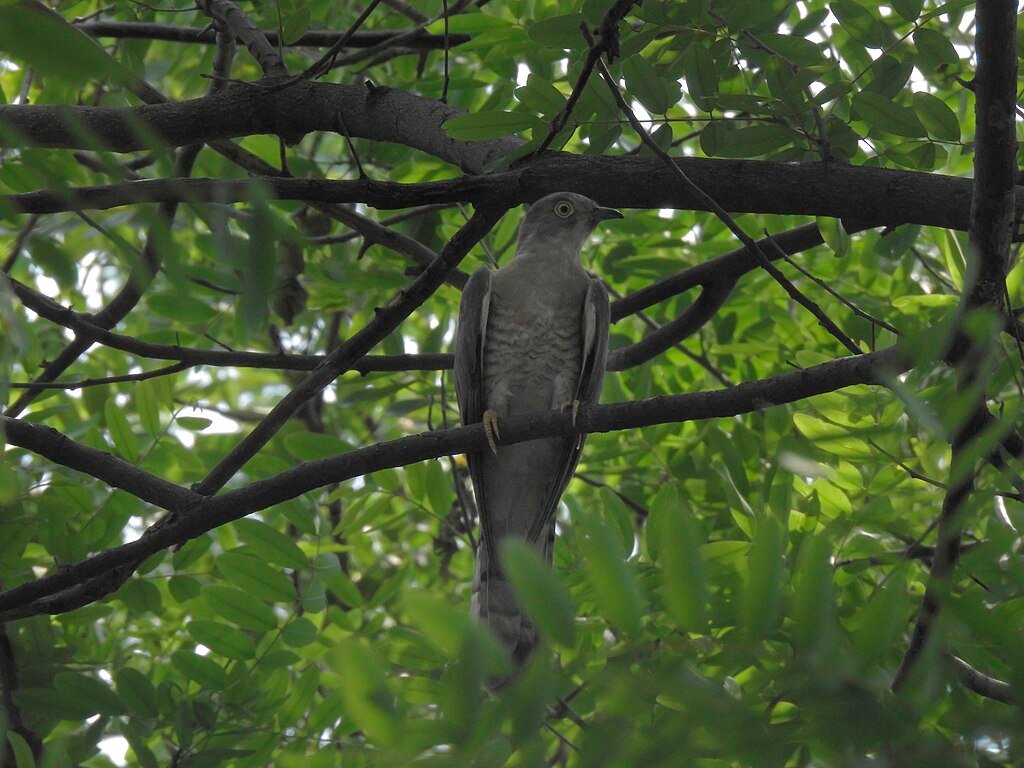
Not every helper is what it seems. Brood parasites like cuckoos outsource parenting to unsuspecting hosts, forcing them to feed an imposter at great cost. Some orchids lure pollinators with false promises – scent, shape, and shimmer – but pay no nectar, wasting the visitor’s time and energy. Endosymbionts such as Wolbachia thread an even finer line, manipulating reproduction in insects while sometimes boosting their hosts’ pathogen resistance. The same microbe can be a menace in one context and a guardian in another, depending on the host species and environmental stressors. Disguise is a survival strategy, and it often works.
Parasitic plants like mistletoes and dodders tap into host vessels, siphoning water and nutrients. Yet a few hosts tolerate the drain because the parasite attracts pollinators or creates habitat for birds that disperse seeds. On reefs, cleaners that flirt with cheating may still keep parasites down enough to benefit the community overall. These gray zones blur our tidy labels and force a more nuanced map of costs and gains. What looks like sabotage at the individual level can ripple into net benefits across the landscape.
Cheaters and Enforcers
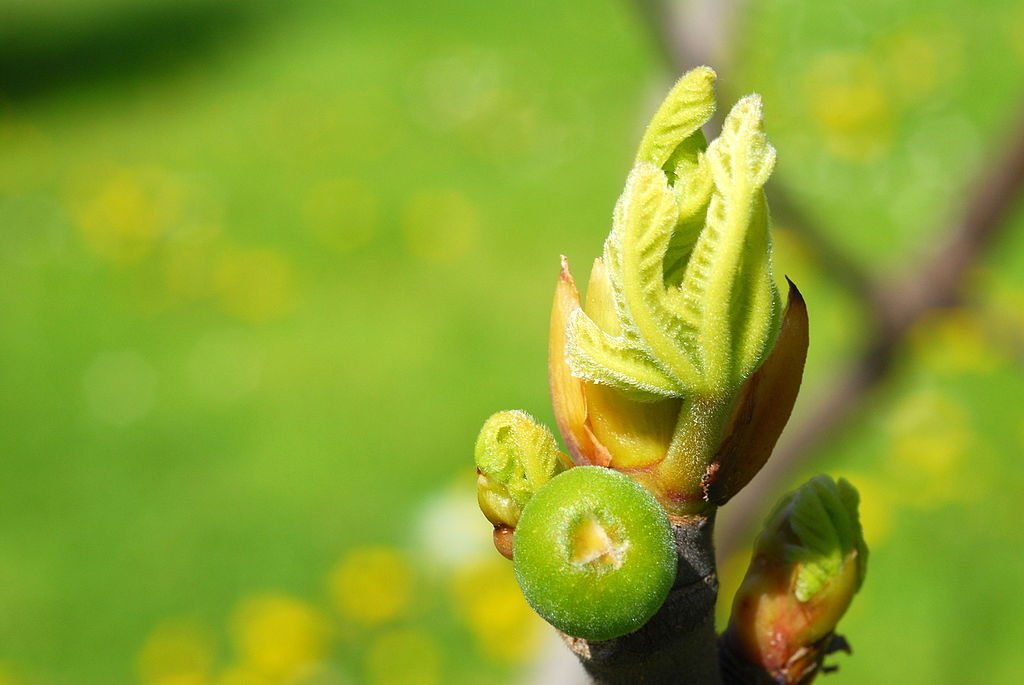
Cheating doesn’t end cooperatives; it shapes them. Figs can abort unpollinated fruits, denying nursery space to wasps that shirk their pollination duties. Yucca plants throttle resources to flowers where moths lay too many eggs, forcing the moths to stay honest. Cleaner fish face an immediate penalty when clients flee a station after a bite, losing future business. Legumes starve nodules that fail to fix nitrogen, essentially shutting off the tap. These penalties keep the peace by making honesty the profitable path.
Enforcement also evolves culturally, if you will, across populations. Ants guarding acacias vary in aggression depending on local herbivore pressure, dialing enforcement up or down. Fungi shift from generous partners to strict bargainers when phosphorus grows scarce, making plants compete with sweeter carbon offers. Ecologists call this a market dynamic, and it fits what field notebooks have shown for decades. Cooperation survives not by trust but by leverage, feedback, and memory of past interactions. Stability is earned, never granted.
Why It Matters
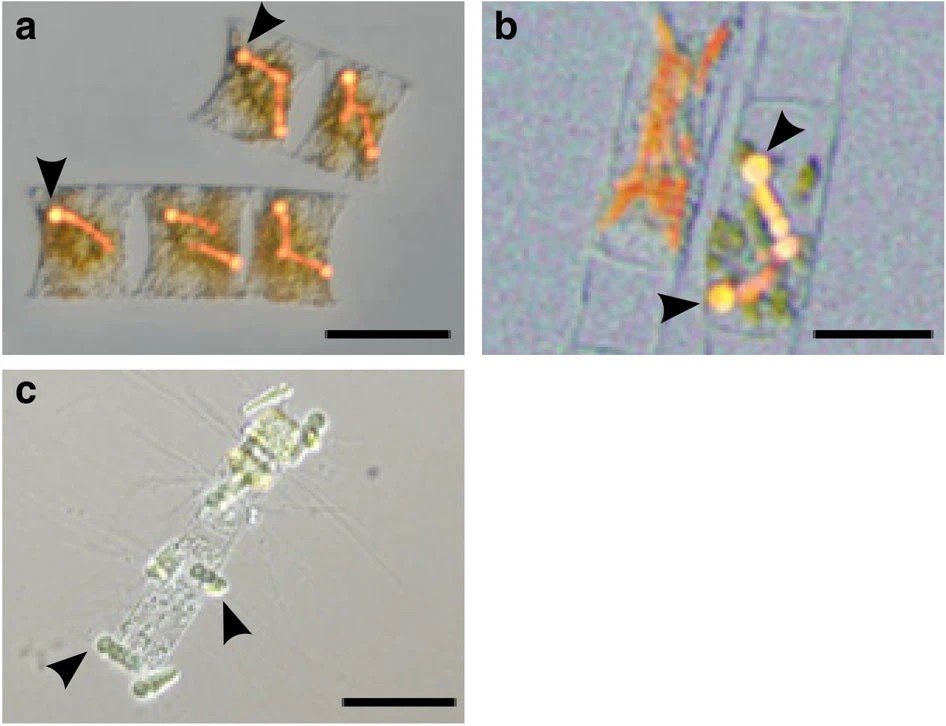
These relationship dynamics underpin services people rely on every day. Pollination networks hinge on a tangle of honest brokers and opportunists, and their collapse can shrink harvests and raise prices. Soil fertility rides on microbial deals that turn inert nitrogen into plant food without synthetic inputs. Reef fisheries depend on coral-algae alliances that create nursery grounds for fish and invertebrates. When those contracts break, livelihoods break with them.
The stakes extend into health and climate. Our own microbiomes train immune systems, shape metabolism, and can flip into inflammatory modes under stress or antibiotic misuse. Coastal ecosystems that buffer storms draw strength from tight-knit partnerships among seagrasses, microbes, and shellfish. Consider these quick anchors for significance: – Farms lean on beneficial microbes as living fertilizers and pest control.
– Cities depend on wetlands whose stability springs from plant–microbe ties.
– Public health strategies increasingly recruit symbionts to block disease transmission.
Pull one thread, and the fabric stretches in unexpected ways.
Global Perspectives
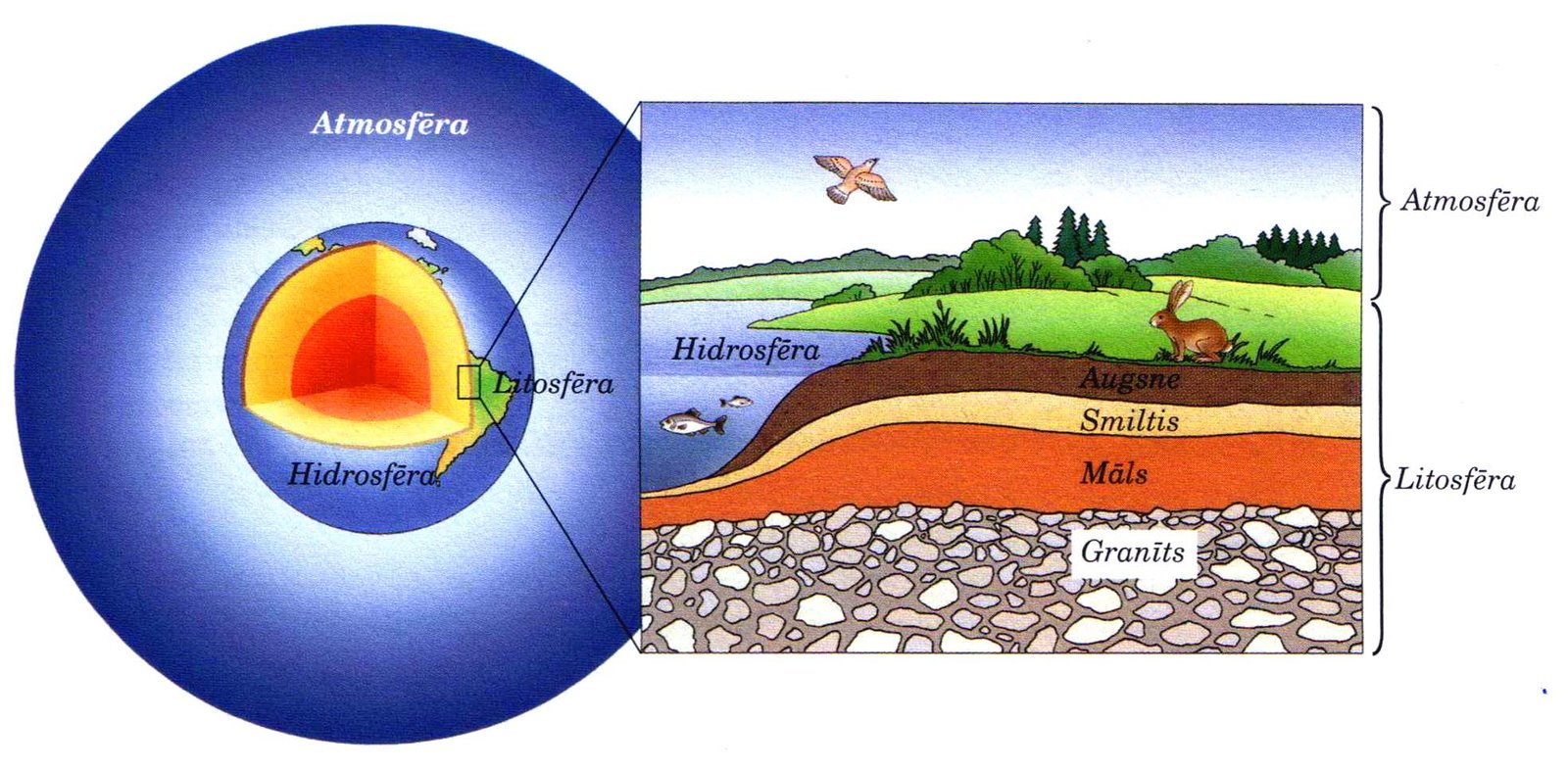
The tipping points differ by region. In the tropics, heat waves push corals toward bleaching, while highland forests face shifting pollinator calendars as temperatures climb and flowering times drift. Arid landscapes see plant–fungus trades strain during drought, with fungi keeping more nutrients and plants hoarding sugars. In oceans, acidification scrambles the chemical cues fish and invertebrates use to find partners and avoid predators. These aren’t isolated stories; they sketch a global map of strained alliances.
Communities living closest to these systems are already adapting. Reef guides move tourist traffic to reduce stress on fragile cleaning stations, and farmers test cover crops that nourish soil symbionts through winter. Indigenous stewardship often protects keystone relationships by keeping habitats connected and disturbances predictable. Policies that favor diversity – of species, ages, and microhabitats – tend to stabilize the marketplace of life. Resilience grows where variety thrives.
The Future Landscape
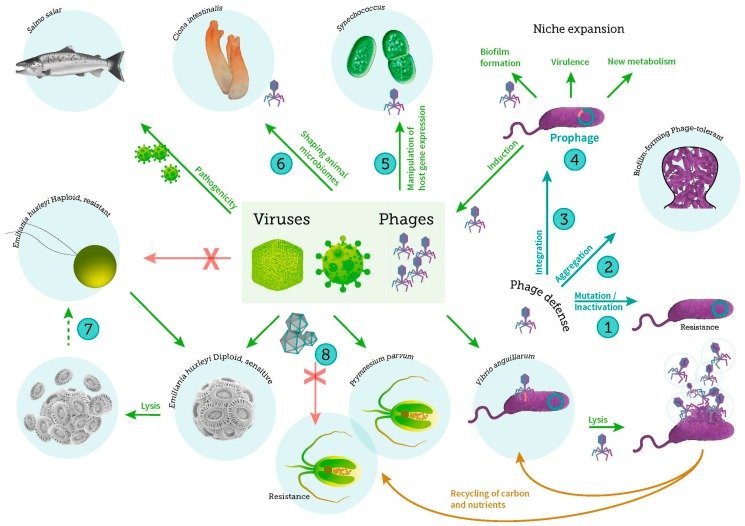
New tools are racing to keep up with shifting relationships. Environmental DNA collected by drones can flag failing partnerships before they collapse, offering an early-warning system for managers. Lab-grown “probiotic” microbes aim to shore up corals and crops under heat and drought. Synthetic biology is exploring gentler tweaks – nudging a symbiont’s metabolism rather than rewriting a host’s genome. The frontier is less about hero fixes and more about tuning incentives back toward cooperation.
That future brings risk alongside promise. Release strategies must avoid locking ecosystems into brittle dependencies that fail under the next surprise. Managers will need dashboards that track not just species counts but relationship quality – rates of cheating, enforcement strength, and resource flow. Practical steps could look like this:
– Prioritize habitat mosaics that give partners options and backup alliances.
– Monitor chemical cues as indicators of stress in plant–insect and coral–algae systems.
– Invest in long-term experiments that expose delayed costs of well-meant interventions.
If we design with feedback in mind, we’ll stack the odds toward stability.
What You Can Do
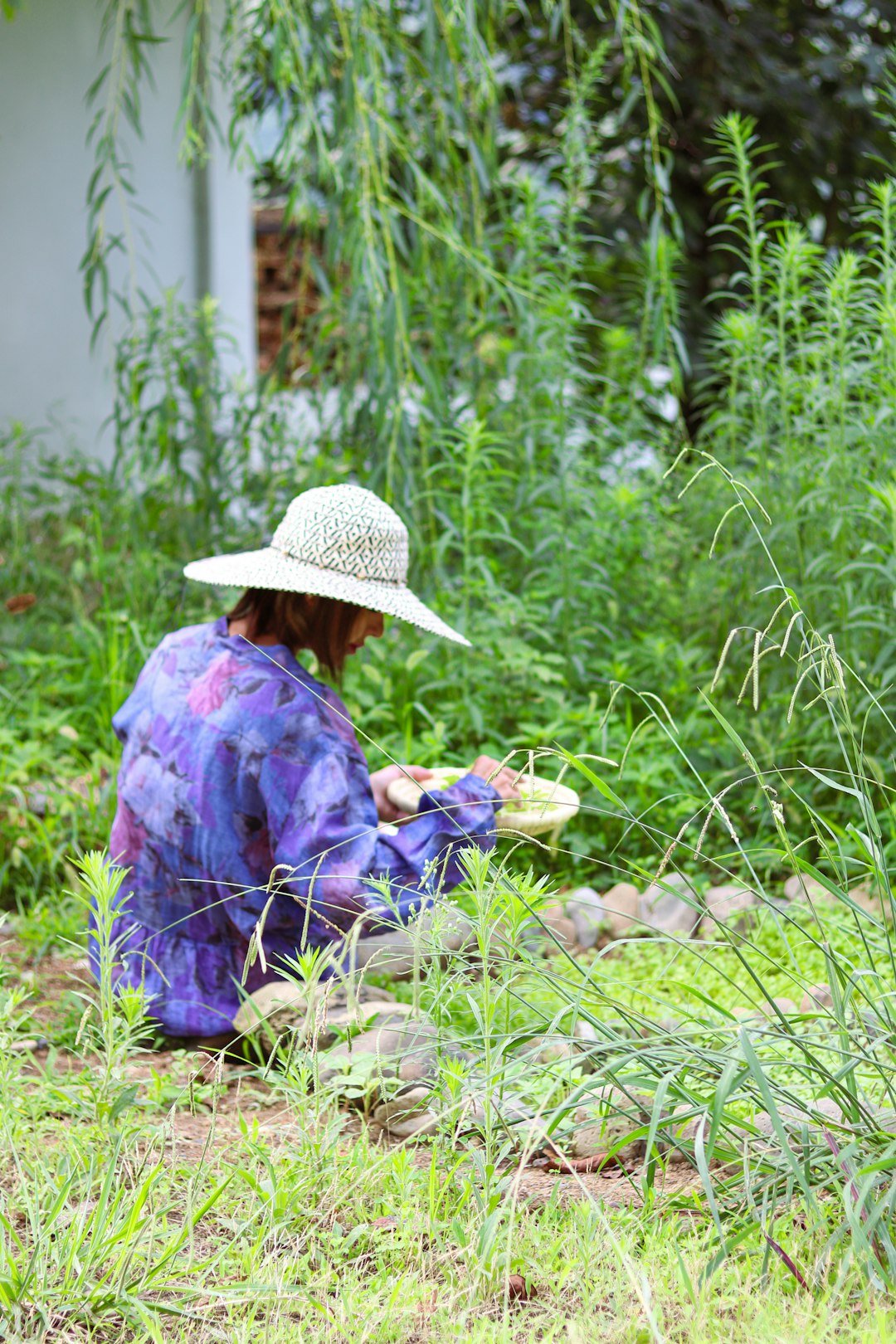
Small choices ripple through these living contracts. Planting diverse native species supports honest pollinators and sustains the fungi that keep soils breathing. Reducing lawn chemicals lets predatory insects and microbes do their quiet, unpaid work. Choosing seafood from reef-safe sources and supporting tourism operators that protect cleaning stations helps keep marine marketplaces fair. Even meal planning matters when it favors crop diversity that encourages resilient symbioses.
Curiosity is a lever, too. Join local biodiversity counts and contribute observations of plant–insect interactions; patterns of cheating and cooperation show up in those records. Support conservation groups that restore wetlands, prairies, and reefs – habitats where partnerships knit the whole system together. Ask farmers’ markets about soil practices and inoculants; that conversation spreads better incentives through supply chains. And the next time you see a bee hesitate at a flower or a fish flinch at a cleaner’s touch, pause and wonder: is this symbiosis – or the first hint of sabotage?

Suhail Ahmed is a passionate digital professional and nature enthusiast with over 8 years of experience in content strategy, SEO, web development, and digital operations. Alongside his freelance journey, Suhail actively contributes to nature and wildlife platforms like Discover Wildlife, where he channels his curiosity for the planet into engaging, educational storytelling.
With a strong background in managing digital ecosystems — from ecommerce stores and WordPress websites to social media and automation — Suhail merges technical precision with creative insight. His content reflects a rare balance: SEO-friendly yet deeply human, data-informed yet emotionally resonant.
Driven by a love for discovery and storytelling, Suhail believes in using digital platforms to amplify causes that matter — especially those protecting Earth’s biodiversity and inspiring sustainable living. Whether he’s managing online projects or crafting wildlife content, his goal remains the same: to inform, inspire, and leave a positive digital footprint.




